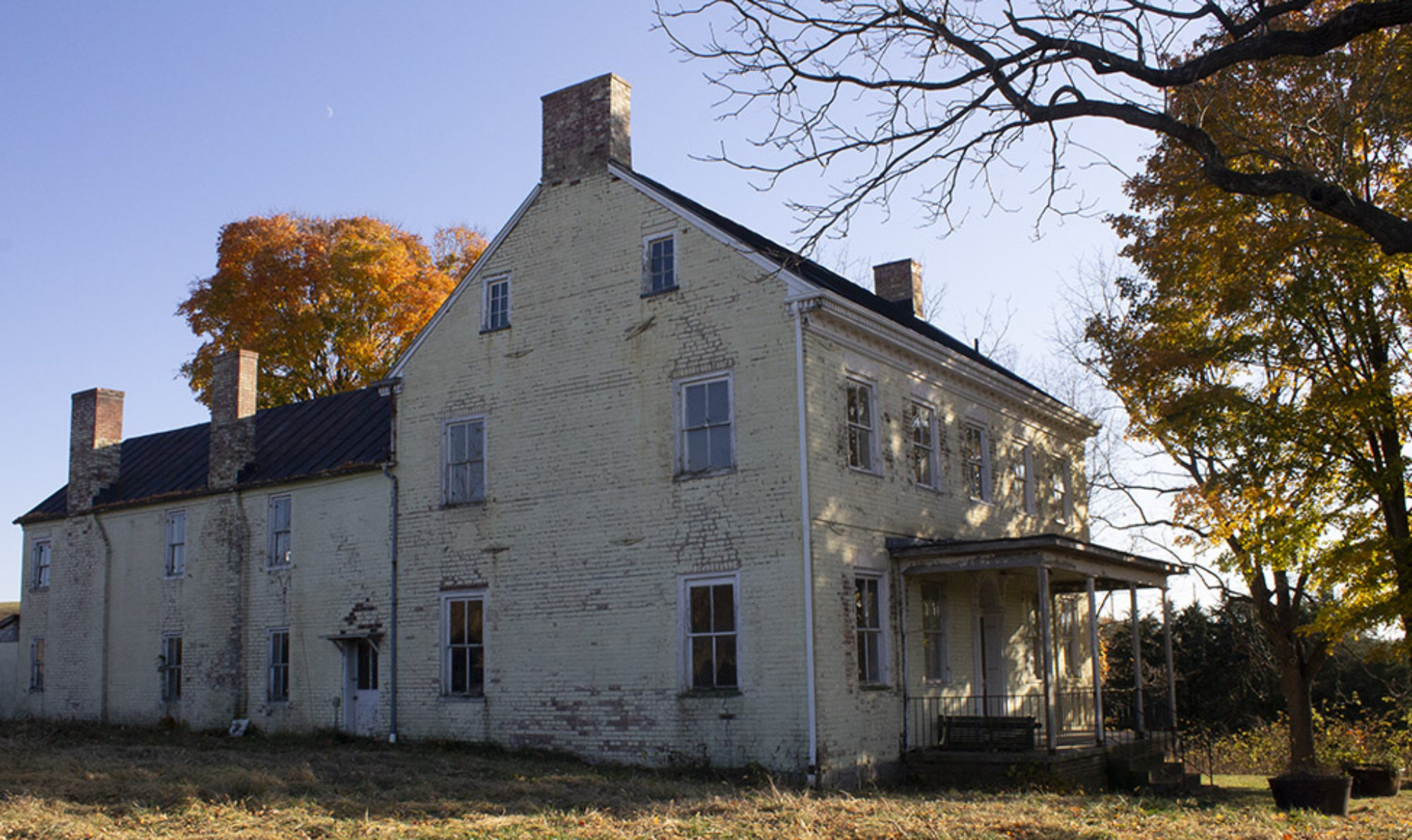
President Abraham Lincoln never met any of his family members living in Virginia or visited the Lincoln Homestead. His grandfather, also named Abraham, moved his family out of Virginia to the frontier of Kentucky in 1780. Unfortunately, the family moved directly into an ongoing conflict between European settlers and Shawnee groups over land. In 1786, Abraham Lincoln was killed by a Native American man in front of the President’s father, then only eight years old. As a result, Thomas Lincoln, and subsequently President Lincoln, became disconnected from their Virginia family.[1]
Perhaps because of this lack of knowledge, President Lincoln had a lot of interest in his family history and began reaching out to people for information in the 1840s. After being appointed to the House of Representatives, President Lincoln asked Governor James McDowell, then a Representative for Virginia, if he know of any Lincolns living in Virginia that he could write to and inquire about his family history. On March 24th, 1848, after receiving David Lincoln’s address from McDowell, the future President wrote David Lincoln – President Lincoln was David’s first cousin once removed – to inquire about his family history. He gave the details of his father and grandfather and asked if David could “ascertain whether [they] are not of the same family.”[2] David replied on March 30, but the letter has not survived. President Lincoln wrote back and asked David several more questions: “What was your grandfather’s christian name? Was he or not, a Quaker?…. Do you know anything of your family (or rather I may now say our family) farther back than your grandfather?”[3] Unfortunately, no further correspondence survives. Nevertheless, it is clear that President Lincoln was enthusiastic to learn about his family and recover some of the history which had been lost when his grandfather passed away.

When examining the Lincoln family that lived in Virginia, the contrast between the family and President Abraham Lincoln is striking. There is a popular public conception of President Lincoln as coming from a very humble background; he is perceived as having grown up in poverty and having lived in a log cabin for much of his early life. This stands in stark contrast when looking at the Lincoln family who lived in Virginia. Throughout their lives, the men and women of the Lincoln Homestead each owned hundreds of acres of land, lived in a large Federal-style home, and benefitted from the wealth and labor of enslaved people. Ironically, President Lincoln stripped his family of this wealth on January 1, 1863, when he freed all enslaved people in areas of rebellion during the Civil War. The loss of President Lincoln’s grandfather not only disconnected the family from their Virginia roots, it also greatly reduced their economic circumstances. By looking at the Lincolns in Virginia in comparison with the President, that familial loss becomes stark.
[1] Kenneth J. Winkle, The Young Eagle: The Rise of Abraham Lincoln (Dallas: Taylor Trade Publishing, 2001), 6-7.
[2] Abraham Lincoln to David Lincoln, March 24, 1848 Papers of Abraham Lincoln Digital Library, The Abraham Lincoln Presidential Library and Museum, https://papersofabrahamlincoln.org/documents/D200471.
[3] Abraham Lincoln to David Lincoln, April 2, 1848 Papers of Abraham Lincoln Digital Library, The Abraham Lincoln Presidential Library and Museum, https://papersofabrahamlincoln.org/documents/D200475. The grandfather that the President is asking about is Virginia John. The president was incorrect about John being a Quaker.
















